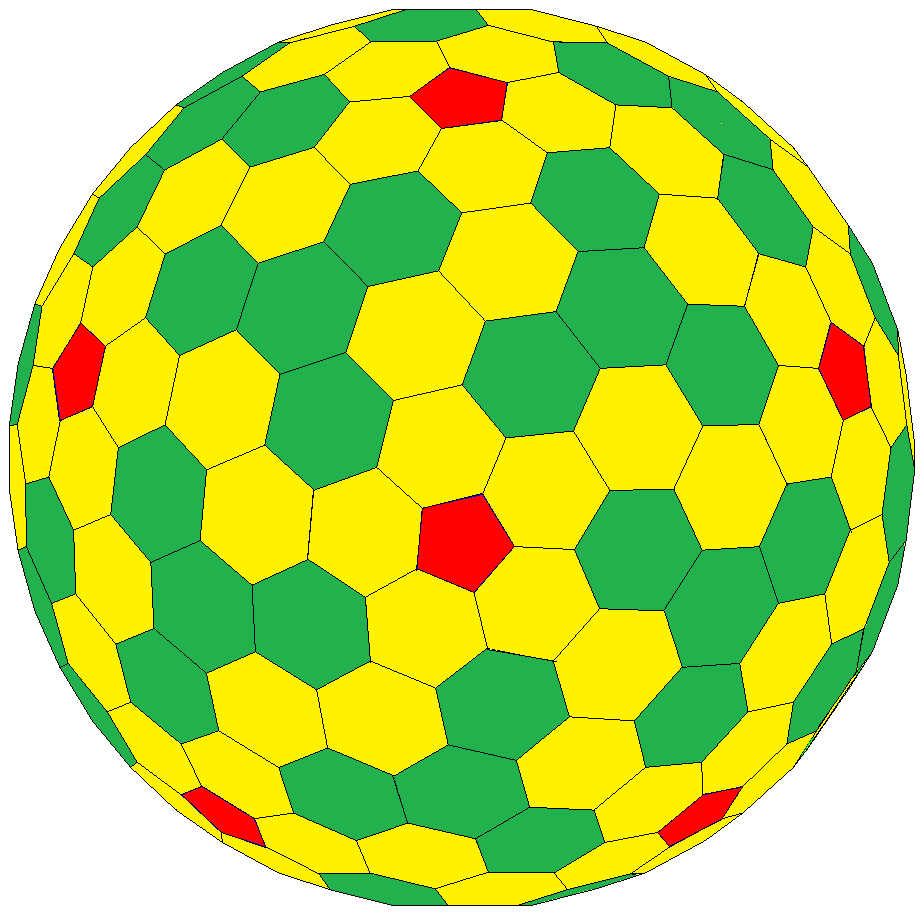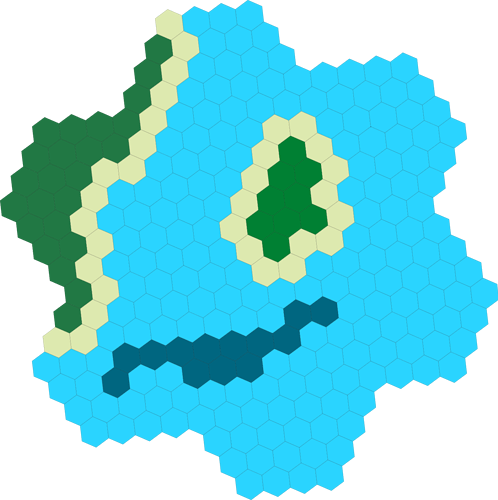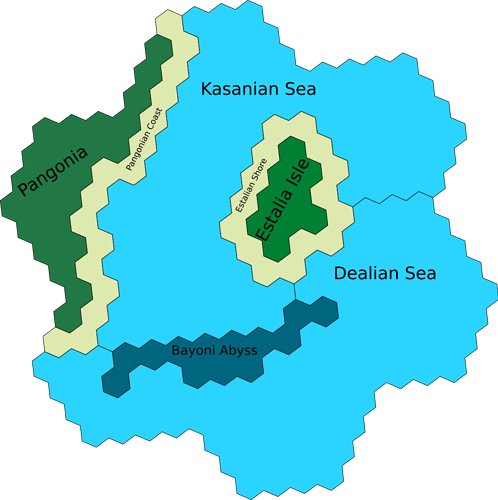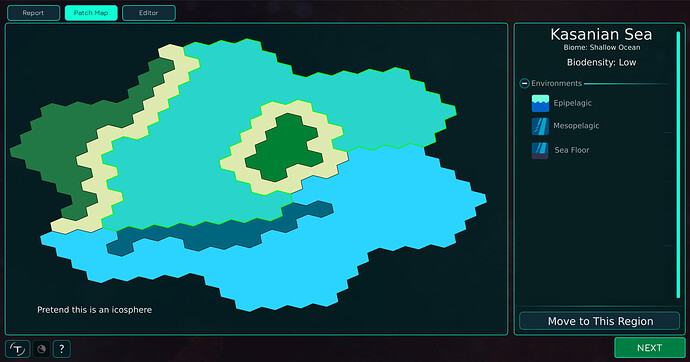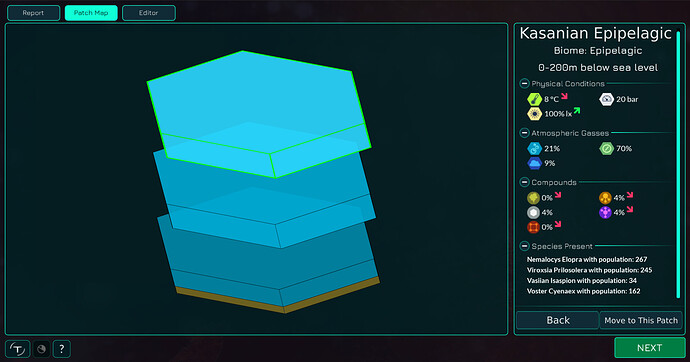It’s been some time since we first began discussing the patch maps for later stages, and for good reason. The move from the microbial scale necessitates an ever expansive view of the world; The complexity of which requires careful thought and consideration.
After discussing with everyone in our developer chatroom and reviewing our forums concepts, I have taken the time to consolidate and refine all of our numerous discussions into one comprehensive concept, which should serve as a foundation for future designs.
Keep in mind, that this is intended for later stages, and not the microbe/early mutlicell stages. Our early stages shall utilize a patch map system much like that proposed by TjWhale in the past.
Generation of The World
In all of our concepts, it seems that the icosphere has reigned as the dominant medium for the patch map due to it’s natural similarity towards other systems in Thrive (Or maybe we are just obsessed with hexagons). It’s nature effectively allows us to isolate and define specific regions across a globular surface, which means we can arrange the familiar patch system along the entire planet; Thus I believe that sticking with this familiar sphere is our best course of action.
Before the map can be generated, we must create the world, or at least it’s climate conditions.
The physical world will need to be generated to the specifications set at the start of a game, using water content, atmosphere, mass, etc, in order to arrange the overall layout of climate on the planet. The exact specifics of how this will be achieved is an entirely different discussion, which is best left for another thread.
Once the climate has been created, Each tile will be assigned with a biome identity based on local characteristics like temperature, moisture, etc. For example, high humidity/low elevation tiles would be identified as “ocean”.
I couldn’t draw an icosphere, sorry. Have a Heroscape board instead.
Unfortunately, this many tiles creates a large amount of redundancy as the patch map is littered with swathes of nigh identical isolated patches. This makes the map painstaking to navigate, and individual locations hard to identify. “Oh, primum doofus has speciated in Shallow Ocean #85? Where is that?”
The solution is to group similar tiles into “regions”.
Adjacent tiles with matching biomes will be grouped together to form a complete region with variable capacity and resource availability based on the total amount of tiles included within. Each region will have a maximum amount of tiles in order to increase total number of regions for diffentiation if necessary. (Exact number will need to be decided through testing.)
“Ah, primum doofus speciated in the Dealian Sea, that’s pretty close to me. Time to greet the new neighbors.”
Now that the world is divied up into distinct regions, the player will have a much easier time navigating it while we still have the added bonus of strictly defining where each species might reside for simulation purposes.
Of course, this is merely scratching the surface. The ocean isn’t just one big environment; It’s many environments all nested within one region!
Regions and Patches
Each region can contain an assortment of environments that further differentiate them such as oases and caves on land, or pelagic regions and vents in aquatic environments. Each environment will be listed as a patch in a sub-menu that appears when the region is selected. Think of regions as something analogous to things like the Sahara desert, or Mediterranean sea. Both of these are regions but have numerous unique environments localized within them.
By selecting a region, you can access it’s internal patch-map which will list all of the environments contained within it’s borders.
These environments are not closed systems; Predators on land can prey on fish in a pond, scavengers on the sea floor can sustain themselves off of corpses fallen from the surface. To inhabit a patch is to identify it as your home environment, but you will still be part of the greater ecosystem of a region, and thus will be able to navigate freely throughout. Much like how a frog lives in a pond, but can freely move to the surrounding forest as needed.
Migrating should work much the same way as it did in the microbe-stage patch map, but I am still uncertain on the specifics of how it should work now that the player might be able to travel between patches during gameplay. With the increase in scale, the player might be able to freely migrate between all of the environments in their local region each generation but they will still be limited to adjacent regions only.
Does this concept seem feasible? Does it suitably cover our needs? I would like to hear what everyone thinks of this, so don’t be afraid to discuss.
